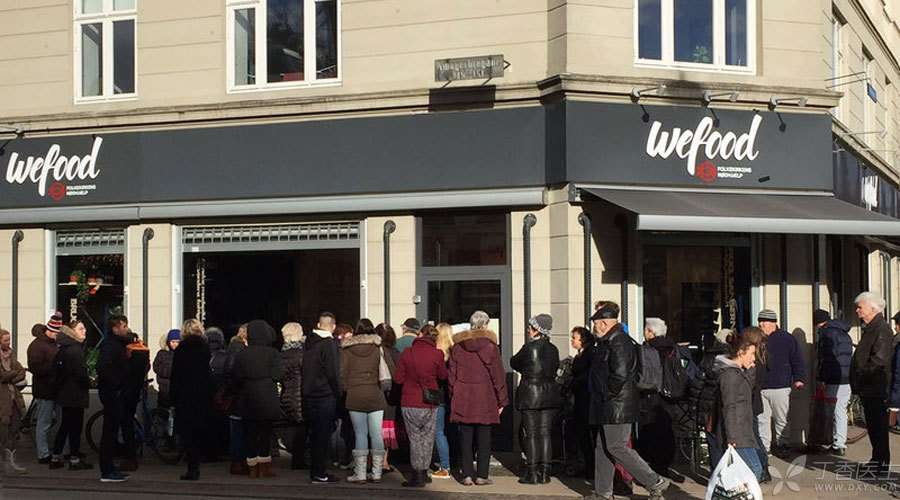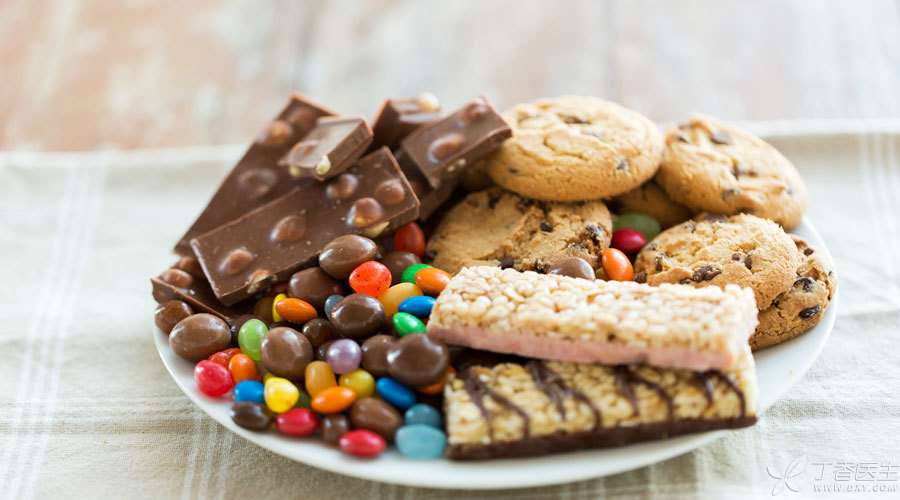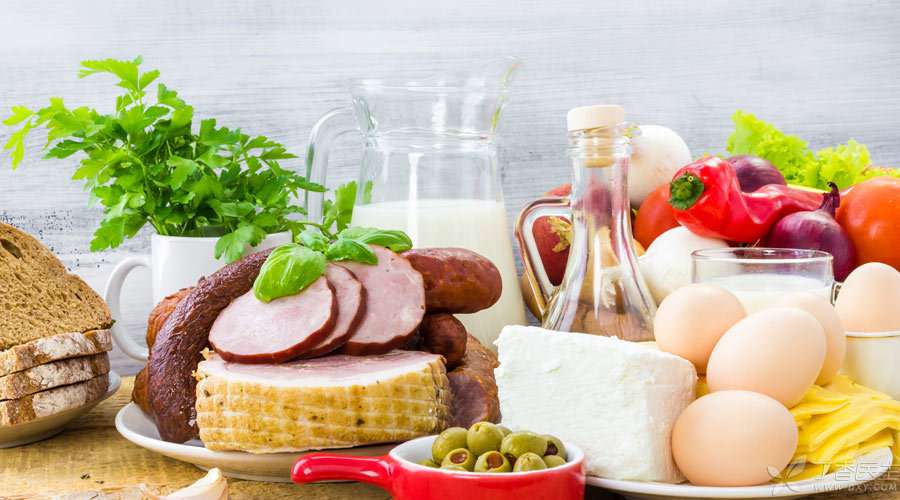
Recently, a new food supermarket called [WeFood] opened in Copenhagen, Denmark. Unlike other food supermarkets, this supermarket has attracted attention in a way that can be described as [destroying three views]-
[Dear, we sell expired food! ]
Yes, as the world’s first expired food supermarket, the supermarket has been doing very well since its opening, and even the Danish princess came to support it on the opening day.
There is a long line before opening the door every day. After all, the food inside is at least 30% cheaper than other supermarkets.

So, the question arises, why do they dare to sell expired food? Aren’t you afraid of food safety problems? In other words, the food has passed its shelf life, can it be eaten?
Dr. Clove came to talk about the shelf life of food.
What is the shelf life?
We usually buy things in supermarkets and usually glance at the shelf life. If we are too close to the shelf life, we may not buy them.
The so-called shelf life, literally, is the period within which the quality of the product can be guaranteed under the storage conditions specified in the product label. That is to say, after this period, the quality of food cannot be guaranteed.
In China, once the product expires, the product must be taken out of the shelf and destroyed centrally. Article 28 of the National Food Safety Law explicitly prohibits the production and sale of expired food.
What? There are several kinds of shelf life?
In China, there is only one shelf life, but, you know, in many other countries, there is more than one shelf life.
For example, a more common method is to divide the shelf life into [Best before] and [Use by].
Best before: Generally, it corresponds to foods with long shelf life, such as biscuits, milk powder, canned food, frozen food, etc.

These foods can be stored at room temperature or frozen for a long time due to their slow deterioration rate. In Europe and the United States, such foods are often called “Shelf Stable”.
Even if these foods exceed the taste appreciation period, they can usually continue to be eaten. However, the smell and taste of the foods may be slightly lower than that of the fresh ones, and they are no longer so delicious, but there will be no food safety problems.
Use by: Generally, it corresponds to foods with short shelf life, such as fresh food, milk, eggs, some meat products, etc.

These foods can only be stored for a short period of time (usually within one month), and microorganisms will proliferate in large quantities during the storage process, causing food spoilage. As long as these products exceed the shelf life, they are not recommended to continue eating, otherwise it is likely to lead to food poisoning.
Here is a special example: health food.
This kind of food often adds some vitamins or antioxidant substances to achieve the effect of dietary nutrition supplement, but with the passage of time, some water-soluble vitamins, such as vitamin B1, vitamin C, etc., and some antioxidant substances will be lost.
At this time, although the food is still [edible], it may no longer have any health care effect. In this case, the word [Used By] is usually used. After all, [health care] is the purpose for consumers to buy them!
Preservation conditions are more important.
When it comes to shelf life, we have to say preservation conditions. The two are inseparable, but many people often ignore the latter.
In fact, only according to the standard preservation conditions to preserve, food can reach the standard shelf life. If not according to the conditions of preservation, shelf life may be greatly shortened. At this time, even if the food is still within the standard shelf life, may have deteriorated.
1. Pay attention to the temperature. Refrigerated or frozen food must not be stored at normal temperature.
For example, a milk label can be [refrigerated for one week], but if you put it in a normal temperature environment, it may only take 3 days. The milk has deteriorated and cannot be drunk. This is because microorganisms multiply at normal temperature much faster than at low temperature.
Another example is when buying popsicles, if you find that the popsicles have deformed, you’d better not buy them.
Why? Although frozen foods usually have a long shelf life, if the popsicle is deformed, it means that it has thawed during storage or transportation by the merchant. During the thawing time, microorganisms will proliferate. Therefore, if you eat this popsicle, the risk of food poisoning will be much higher.
2. Save in a dry and ventilated place
In addition to temperature, there are many other conditions. For example, some [dry goods], such as milk powder, coffee powder, rice, flour, etc., although they are all [stable storage] foods, they are usually required to be stored in a dry and ventilated place. This is to prevent moisture in the air from being absorbed and thus damp and moldy.
3. Please eat as soon as possible after opening
There are some sealed foods, such as UHT (ultra-high temperature sterilized) milk, fruit juice, canned products, vacuum packaged foods, etc., which can have a long shelf life, but the prompt “Please eat as soon as possible after opening” is usually written.
This is because most of these products are in a strictly sterile environment, which is also the reason why they have been preserved for a long time. However, once unsealed, the sterile environment is destroyed, microorganisms will mix into it and begin to multiply in large quantities. Therefore, no matter how long they have been preserved before, these foods can only be preserved for a few days after unsealed.
On the day of the shelf life, did what happen?
One question that many small partners find strange is:
Why can you eat one day before the shelf life and one day after the shelf life? On the day of the shelf life, did the food change in what?
In fact, after reading the previous answer, Everyone should have made it clear that it is inappropriate to say that “you must eat before the shelf life” or “you must not eat after the shelf life”, because it is closely related to the type of product and preservation conditions. The shelf life is stipulated by the family members of the food factory and is not formed naturally, while the process of food spoiling is a natural process of continuous changes.
So, in the process of food spoiling, what happened to what?
We usually divide the process of food deterioration into three categories, physical, chemical and biological.
1. Physical processes
Mainly includes food drying, affected with damp, caking, etc.
Milk powder will absorb moisture in the air and agglomerate when it is stored for a long time, and potato chips will become soft when it is stored for a long time. These are all physical processes. Generally, there will be no harmful substances to human body in these processes, but the quality of food will decline. Some foods will also bring favorable environment for microbial reproduction after being affected with damp.
2. Chemical processes
It mainly includes rancidity of fat, enzymatic hydrolysis of food itself, etc.
These processes usually cause food to produce spoiled smell and taste, and sometimes also produce some harmful substances. For example, cooking oil may produce peroxides during rancidity, and cooking food with rancidity oil may produce epoxypropanal, etc. These substances will endanger human health.
3. Biological processes
It mainly includes the reproduction of microorganisms and the toxins they secrete. This is the main cause of food deterioration and the main culprit of most food poisoning.
There are many foods that are ideal living environments for microorganisms, such as those mentioned above with labeled [consumption period]. As a result, the shelf life of these foods is very short. However, foods with low water content, high sugar and high salt can have a relatively long shelf life because they are not conducive to the survival of microorganisms.
These processes have been going on continuously since the food was produced, and no special changes have taken place on the shelf life day.
The shelf life is only a [time point] set by the merchant. Before this time point, the changes in food quality caused by these processes are within an acceptable range. After this point in time, changes in food quality cannot be guaranteed.
Summary
Can food still be eaten? For this problem, the shelf life is a reference.
Under the calibrated preservation conditions, I believe this reference can ensure the food quality and safety to the greatest extent.
However, this does not mean that food that exceeds its shelf life must not be eaten.
For example, for some foods that can be stably stored, such as biscuits, milk powder and canned food, as long as they are stored according to the prescribed storage methods, from the perspective of food safety, they can still be eaten after a few days of shelf life, but the flavor and taste are not so good.
Therefore, Dr. Clove still advises everyone to buy fresh and hygienic food as much as possible. If you buy food that is close to its shelf life due to promotion, you should also eat it in time, and don’t think of it until it expires for several months.
